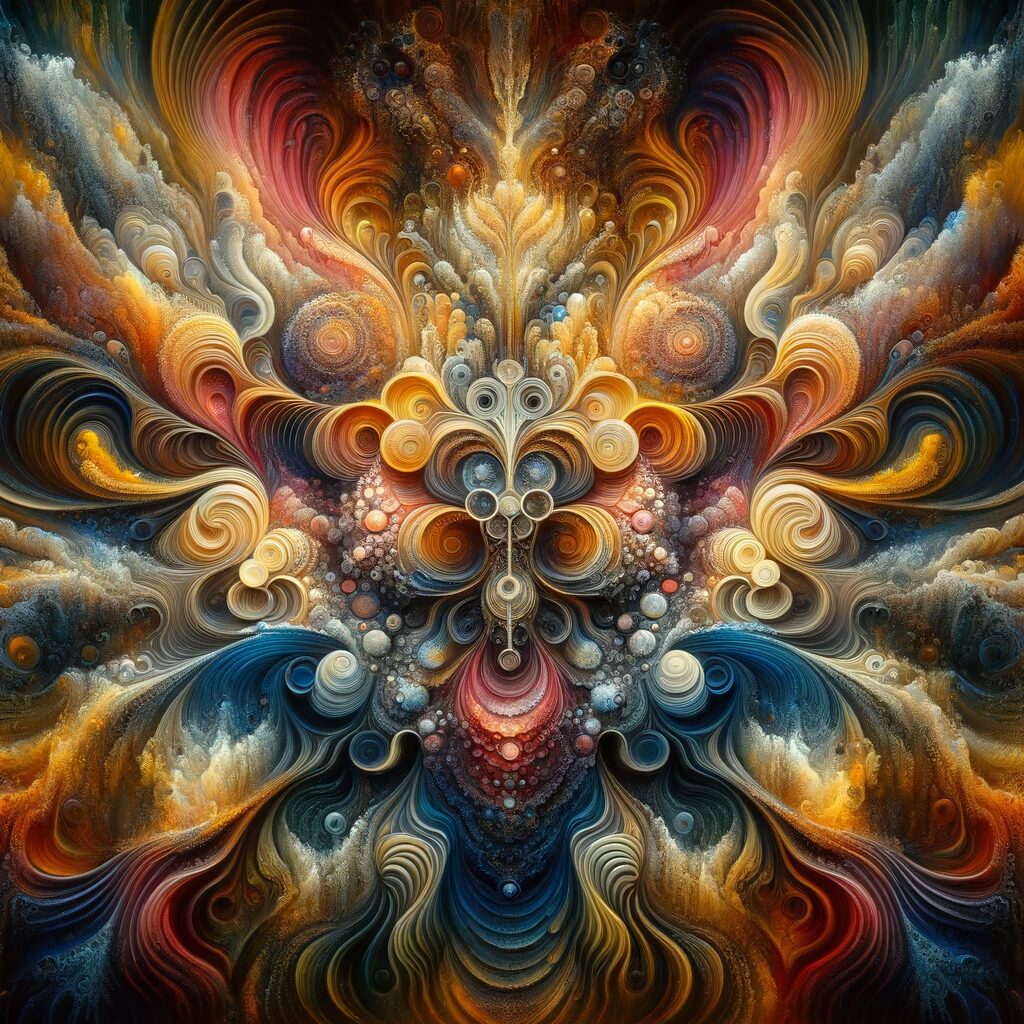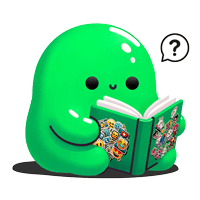Learn more about stickers, decals and labels
Decalcomania
Decalcomania: The Artistic Journey from Decor to Surrealism
In the realm of artistic expression, few techniques are as intriguing and multifaceted as decalcomania. Originating as a decorative method, this technique has transcended its initial purpose, evolving into a significant tool in the arsenal of Surrealist artists. This journey from ornamental craft to a conduit of subconscious creativity offers a fascinating glimpse into the versatility and enduring appeal of decalcomania.

The Origins of Decalcomania
Decalcomania began as a craft in the 18th century, primarily used to transfer designs onto pottery, glass, and porcelain. This method involved applying engravings or prints onto surfaces, which were then sealed to create a permanent design. The appeal of decalcomania lay in its ability to reproduce intricate patterns with a precision and uniformity difficult to achieve by hand.
Decalcomania in the Decorative Arts
The technique quickly became popular in the decorative arts, valued for its efficiency and the quality of its results. It allowed for the mass production of decorated items, making beautifully adorned goods more accessible to the burgeoning middle class of the Industrial Revolution era. From intricate floral patterns on fine china to elaborate scenes on glassware, decalcomania was a hallmark of sophistication and elegance in home decor.
A Turn to the Surreal
The true artistic revolution of decalcomania came in the 20th century with the Surrealist movement. Artists like Max Ernst recognized the potential of this technique to unlock new realms of creativity. Decalcomania became a method to explore the unconscious mind, producing unpredictable, dream-like patterns that defied traditional artistic norms.
Ernst and his contemporaries would apply paint to a surface, press it with another surface, and then peel them apart. This action created unexpected textures and forms, often interpreted as fantastical landscapes or otherworldly beings. The randomness and lack of control inherent in decalcomania made it an ideal medium for Surrealists, who sought to break free from the constraints of rational thought and conventional aesthetics.
Decalcomania’s Legacy and Influence
The influence of decalcomania extends beyond the Surrealist movement. It challenged perceptions of what constitutes art and the artist’s role in the creative process. The technique emphasized the importance of chance and spontaneity, ideas that would resonate in later artistic movements like Abstract Expressionism.
Furthermore, decalcomania continues to inspire artists and crafters alike. Its principles can be seen in modern techniques like paint pouring and gel printing, which also embrace randomness and the beauty of the unexpected.
From a practical tool in the decorative arts to a medium for exploring the depths of the human psyche, decalcomania’s journey is a testament to the transformative power of artistic innovation. It reminds us that sometimes, the most profound artistic expressions arise from the simplest of techniques, and that beauty can indeed emerge from the chaos of chance.
History and Origins
- Early Use: Decalcomania originated around 1750 in England as a commercial decorative technique, especially for transferring designs to pottery and other materials. The French engraver Simon François Ravenet is credited with perfecting the process. It became popular for its ability to produce intricate patterns with high precision.
- Evolution in Art: In the 20th century, Surrealist artists like Max Ernst, Óscar Domínguez, Hans Bellmer, and Remedios Varo adopted decalcomania. They used it to create abstract, otherworldly landscapes and forms, exploiting the technique’s spontaneity and chance outcomes, which resonated with Surrealist ideals.
Technique and Application
- Process: The basic process involves applying ink, paint, or another medium onto a surface, then covering it with material like paper, glass, or aluminum foil. When this covering is removed, it transfers a pattern that can be further embellished.
- Variations: The technique has evolved to include various forms of media and has been adapted for both fine art and commercial applications, including decals.
Influence on Art
- Surrealism and Beyond: Decalcomania provided a way for artists to bypass conscious control, creating imagery by chance. This aligned with the Surrealist philosophy of exploring the subconscious mind. The technique contributed to the development of abstract art, emphasizing texture, depth, and color as vital tools in artistic expression.
- Contemporary Relevance: Today, decalcomania continues to inspire artists and is seen in modern techniques like paint pouring and gel printing, which also embrace randomness and the unexpected.
For more detailed reading on decalcomania and its impact on art, you can refer to the following sources:
- Wikipedia’s entry on Decalcomania provides a comprehensive overview of its history and application.
- The National Galleries of Scotland offers insights into the origins and artistic applications of the technique.
- For a more focused look at decalcomania in Surrealist art, Lazy Nerd Explainer: Decalcomania Art is a Hot Mess provides an interesting perspective.
